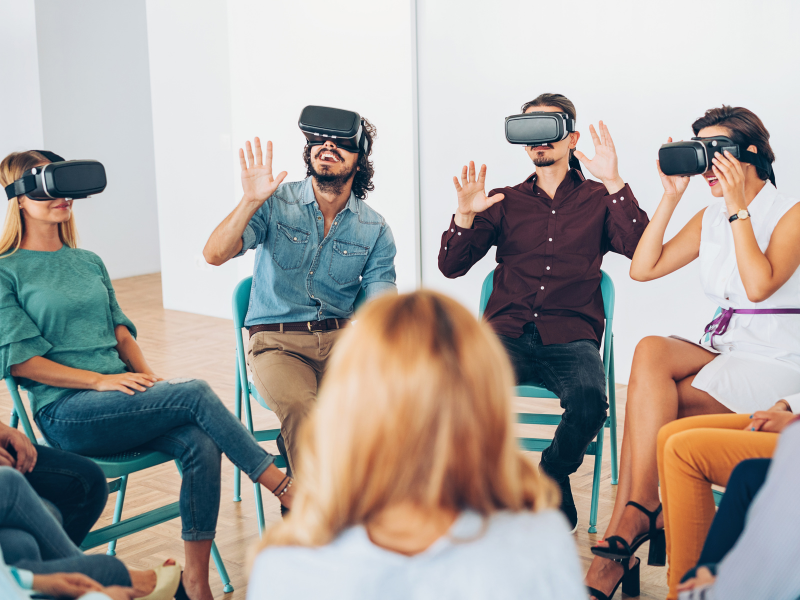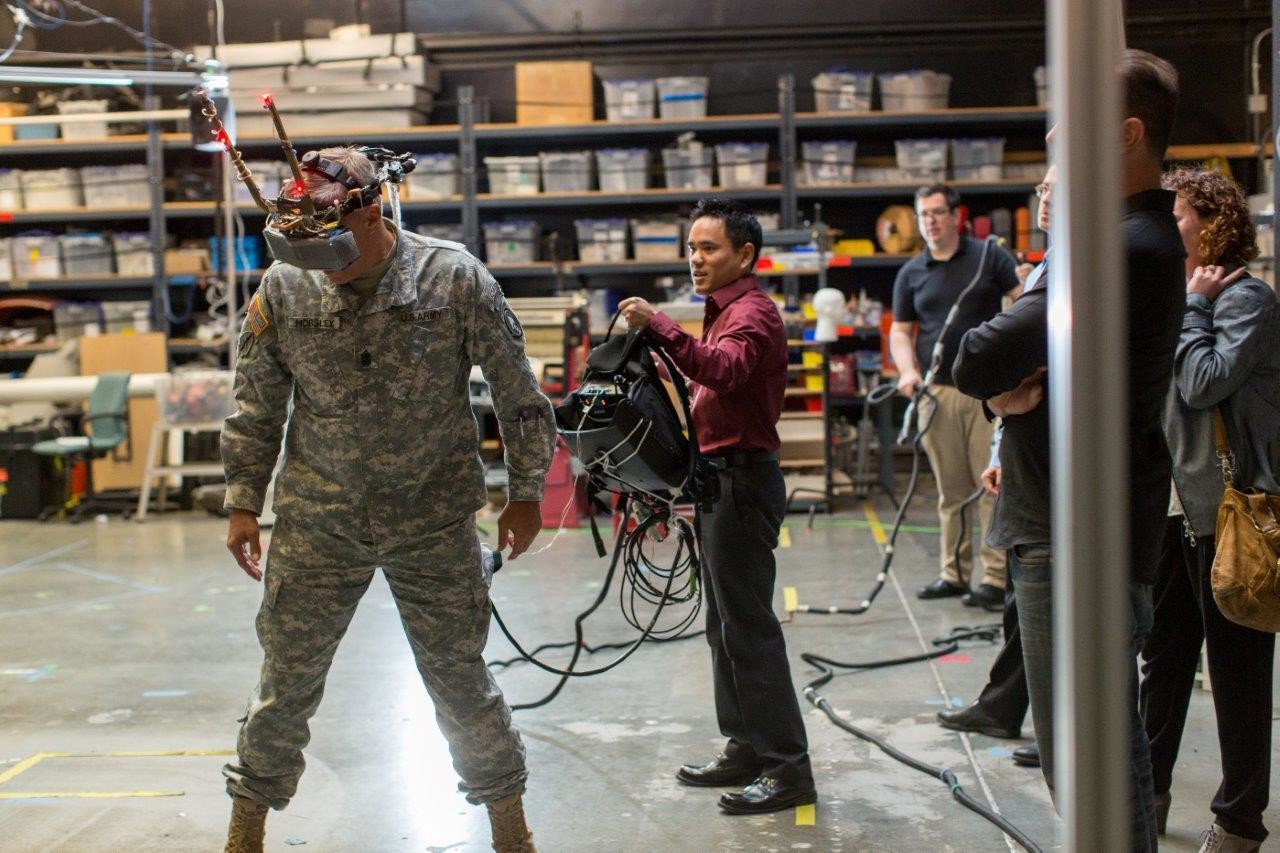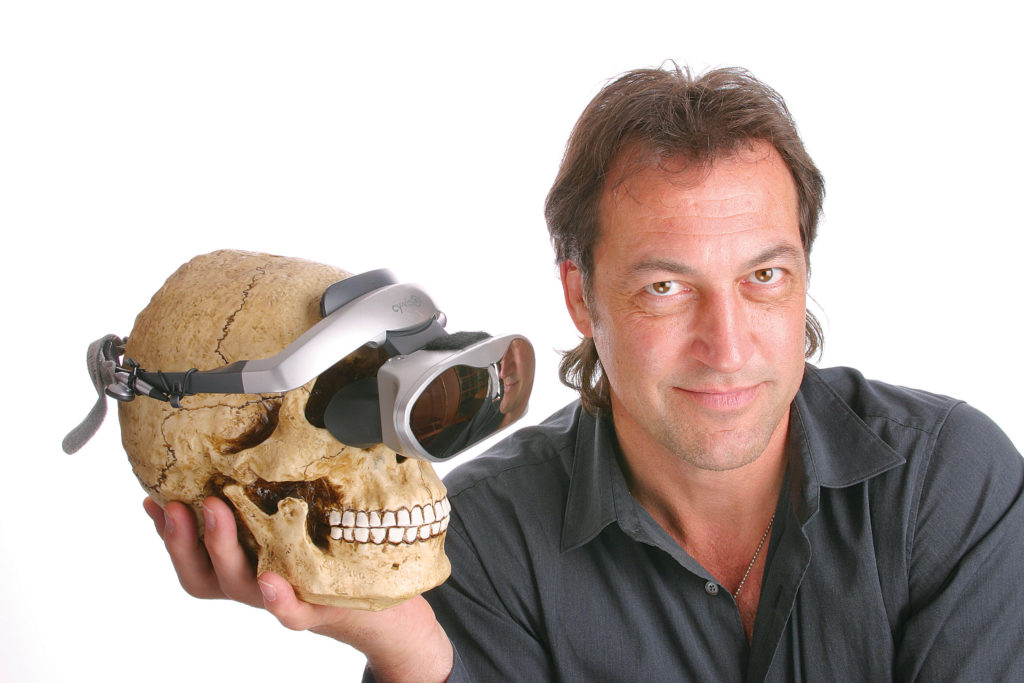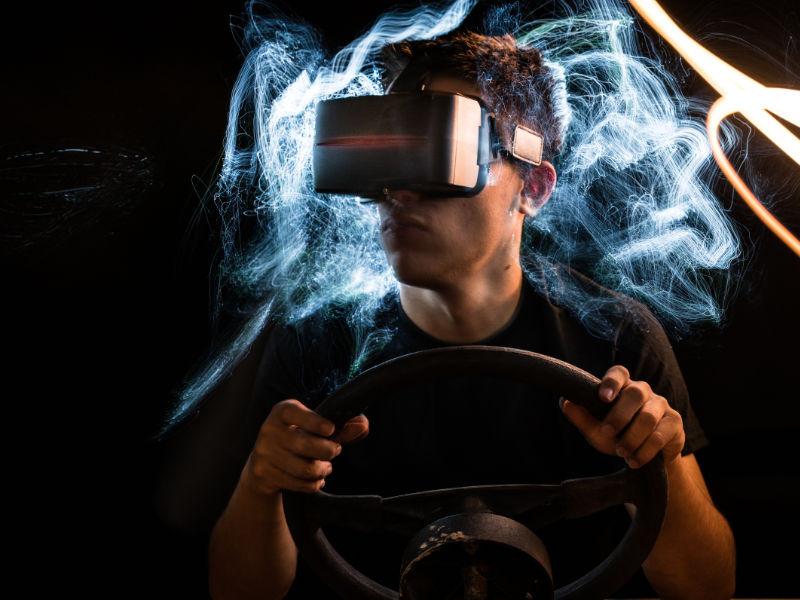Effectiveness of VR priming versus traditional therapy: promising benefits of virtual reality
Virtual Reality (VR) has emerged as an innovative tool in the field of mental health therapy. VR priming is a new approach that involves using VR technology to “immerse individuals in specific environments or situations to prepare them for therapy sessions.” This approach has become increasingly popular because it allows individuals to practice and “become more comfortable with specific situations in a safe and controlled environment.“
Let's explore the effectiveness of VR priming versus traditional therapy and highlight some of the most promising benefits of virtual reality.
Traditional Therapy
Traditional therapy involves meeting with a therapist in a one-on-one setting, where the therapist helps individuals to work through their thoughts and emotions. This form of therapy has been used for decades and is often considered the gold standard for mental health treatment. However, traditional therapy has some limitations, including cost, access, and stigma. Many individuals are unable to afford traditional therapy or may live in areas where therapy is not readily available. Additionally, many individuals may feel ashamed or embarrassed about seeking traditional therapy, which can deter them from seeking help altogether.

VR Priming
Virtual Reality (VR) technology offers a solution to some of the limitations of traditional therapy. VR priming is a relatively new approach that involves using VR technology to immerse individuals in specific environments or situations to prepare them for therapy sessions. VR priming can be used to simulate a variety of situations, such as public speaking or exposure to specific phobias, to help clients overcome their fears and anxieties. For example, VR technology can be used to simulate public speaking environments, allowing individuals to practice and become more comfortable with public speaking in a safe and controlled environment.
Effectiveness of VR Priming
Several studies have shown that VR priming can be effective in helping individuals to prepare for therapy sessions and overcome specific fears and phobias. A 2018 study published in the Journal of Anxiety Disorders found that VR exposure therapy was as effective as in-person exposure therapy for individuals with a fear of heights. Similarly, a 2016 study published in the Journal of Behavior Therapy and Experimental Psychiatry found that a VR app designed to simulate social situations was effective in reducing social anxiety symptoms in individuals with social anxiety disorder.

VR priming has also been shown to be effective in reducing symptoms of post-traumatic stress disorder (PTSD) in military veterans. A 2017 study published in the Journal of Psychiatric Research found that a VR exposure therapy app was effective in reducing symptoms of PTSD in veterans. The study found that “VR therapy was associated with a significant reduction in PTSD symptom severity, with nearly 70% of patients experiencing clinically significant improvement.”
The effectiveness of VR priming is not limited to specific disorders. A 2020 study published in the Journal of Medical Internet Research found that a VR mindfulness meditation app was effective in reducing anxiety and improving mood in individuals with generalized anxiety disorder. The study found that “VR meditation significantly reduced anxiety and improved mood, with a large effect size, and was well-accepted by participants.”
Benefits of VR Priming
One of the most promising benefits of VR priming is that it allows individuals to practice specific situations in a safe and controlled environment. This can be particularly helpful for individuals who have specific fears or phobias that are difficult to simulate in real life. VR technology can create a realistic environment that allows individuals to practice and become more comfortable with specific situations without the risk of harm or embarrassment. As a result, VR priming can help individuals to build confidence and reduce anxiety in real-life situations.
Another benefit of VR priming is that it is more accessible than traditional therapy. Many individuals may be unable to afford traditional therapy or may live in areas where therapy is not readily available. VR priming can be done from anywhere with an internet connection and a VR headset. This makes it possible for individuals to access mental health treatment
Another benefit of VR priming is that it is more accessible than traditional therapy. Many individuals may be unable to afford traditional therapy or may live in areas where therapy is not readily available. VR priming can be done from anywhere with an internet connection and a VR headset. This makes it possible for individuals to access mental health treatment in remote or underserved areas. Additionally, the cost of VR technology has decreased in recent years, making it a more affordable option for many individuals.
The immersive nature of VR technology can also make therapy sessions more engaging and enjoyable for individuals. Traditional therapy can sometimes feel repetitive or monotonous, which can be discouraging for individuals. VR priming can provide a more engaging and interactive experience, which can make therapy sessions more enjoyable and motivating for individuals.
Finally, VR priming can provide therapists with a better understanding of their clients' experiences. Traditional therapy relies on verbal communication, which can sometimes be limited in its ability to convey emotions and experiences. VR technology can provide therapists with a more complete picture of their clients' experiences, allowing them to better tailor their therapy sessions to their clients' needs.
Experts Extoll the Benefits of Virtual Reality
The following quotes from experts in the field highlight some of the most promising benefits of virtual reality in mental health therapy:
“Virtual reality is really an ideal medium for exposure therapy because we can create these realistic, immersive environments that can really elicit the same emotional and physiological reactions that people might have in real life.” – Dr. Albert “Skip” Rizzo, Director of Medical Virtual Reality at the University of Southern California

“Virtual reality technology has been used to create simulations that help individuals overcome phobias, anxiety, and post-traumatic stress disorder (PTSD) by recreating traumatic experiences in a safe and controlled environment.” – National Center for PTSD

“Virtual reality is a powerful tool that can provide individuals with a more immersive and engaging therapeutic experience. This technology has the potential to revolutionize the field of mental health therapy and provide individuals with more effective and accessible treatment options.” – Dr. Brenda K. Wiederhold, President of the Virtual Reality Medical Center
Conclusion
Virtual reality (VR) priming is a promising new approach to mental health therapy that involves using VR technology to immerse individuals in specific environments or situations to prepare them for therapy sessions. Several studies have shown that VR priming can be effective in helping individuals to prepare for therapy sessions and overcome specific fears and phobias. VR priming is also more accessible than traditional therapy and can provide a more engaging and enjoyable therapeutic experience. While VR priming is a relatively new approach, its potential to revolutionize the field of mental health therapy is exciting. As the technology continues to develop and become more accessible, it is likely that VR priming will become an increasingly important tool in the treatment of mental health disorders.
There are several expert organizations that provide resources, training, and research support for experts in the field of VR priming and mental health therapy. Their support and recognition of the potential of VR technology in mental health therapy demonstrate the growing importance of this innovative approach to mental health treatment.
- The International Society for Virtual Rehabilitation (ISVR) – This organization is dedicated to the advancement of VR technology in rehabilitation and healthcare. The ISVR promotes research, education, and clinical practice related to VR and provides a platform for experts in the field to collaborate and share knowledge. URL: https://web.archive.org/web/20220319184205/https://isvr.org/
- The American Psychological Association (APA) – The APA is the largest professional organization of psychologists in the United States. The APA has recognized the potential of VR technology in mental health therapy and has published several articles and resources on the topic. URL: https://web.archive.org/web/20220319184533/https://www.apa.org/
- The Association for Behavioral and Cognitive Therapies (ABCT) – The ABCT is a multidisciplinary organization committed to the advancement of behavioral and cognitive therapies. The ABCT has recognized the potential of VR technology in cognitive-behavioral therapy (CBT) and has supported research and training initiatives related to the use of VR in CBT. URL: https://web.archive.org/web/20220319184706/https://www.abct.org/
- The National Institute of Mental Health (NIMH) – The NIMH is the largest funder of research on mental health disorders in the United States. The NIMH has provided funding for several studies on the effectiveness of VR technology in mental health therapy. URL: https://web.archive.org/web/20220319184848/https://www.nimh.nih.gov/index.shtml
- The World Health Organization (WHO) – The WHO has recognized the potential of VR technology in healthcare and has published a report on the use of VR in mental health therapy. The report highlights the potential of VR technology in the treatment of anxiety disorders, PTSD, and other mental health conditions. URL: https://web.archive.org/web/20230319190007/https://www.ncbi.nlm.nih.gov/pmc/articles/PMC9794993/

